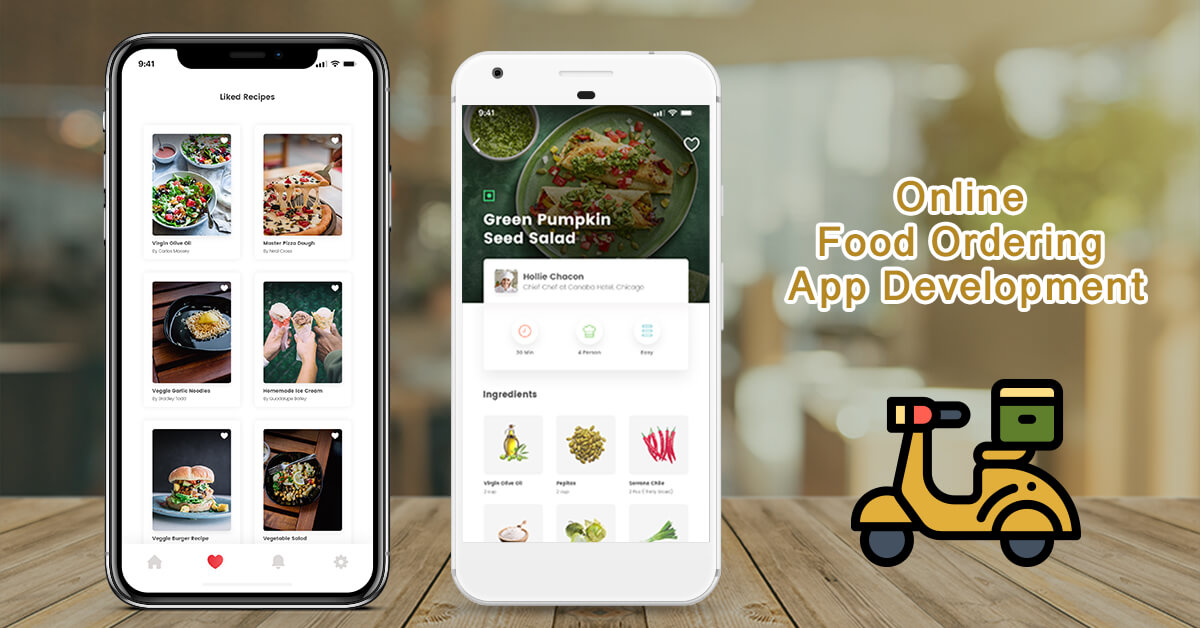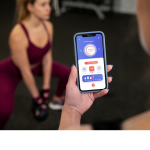A Full Guide on Building a Food Delivery App and How Much It Cost
by admin
| August 20, 2024
The food delivery app is rapidly growing due to the convenience. It provides the ongoing developments in digital technology.
Consumers depend on food delivery apps to deliver their favorite meals to their doorsteps with a few clicks of their smartphones.
The change in dining habits has created a huge opportunity for companies, who are looking to enter the industry.
However, before you start designing your food delivery app, you must know how much cost is required.
So, Building a food delivery company can be financially rewarding, but the costs vary greatly.
like App complexity, supported platforms, the geographical location of your development team, and what specific features you wish to include will all affect the cost.
In this guide, we’ll walk you through the important components that impact these prices, allowing you to better plan your budget and make informed decisions as you begin your app development journey.
Important Cost Factors for Developing a Food Delivery App
1. Design Complexity
Design is important for the development cost. Advanced features, custom-made animations, and a flawless user experience may increase prices. So, they are necessary for stay for a long term in a competitive market.
2. Application Platform
Choosing the right platform (iOS, Android, or both) has a considerable impact on the budget. Also, Cross-platform development can provide a cost-effective option while also expanding reach.
3. Backend Infrastructure
A solid backend is essential for managing data, processing payments, and integrating third-party applications. So, Investing in flexible and secure infrastructure is critical for long-term success.
4. Third-Party Integrations
Integrating services such as payment access GPS, and social media logins can improve functionality while increasing development costs. So, Balancing these integrations with your budget is important as well.
5. Security measures
To protect user data and transactions, strong security measures such as encryption and secure authentication are required. While they may have higher initial expenses, So, they are important for building user trust and avoiding costly breaches.
6. App Maintenance
Ongoing maintenance costs, such as hosting, upgrades, and customer support, are essential to the app’s long-term survival. Therefore, Sustainability needs careful planning for these ongoing expenses.
7. Development Team Location
The cost of developing an app is defined by your development team’s location. Also, Outsourcing to places such as India can help to reduce expenses while maintaining quality.
Important Features for a Successful Food Delivery App
To compete in the food delivery business, your app should contain important features that improve the user experience and functionality. Here are some must-have features are:
User Registration and Profiles: Users can register accounts and manage their profiles, making it simple to save orders, addresses, and payment options.
Menu Browsing and Search: Provide a simple interface for perusing restaurant menus and filtering down options based on food, budget, and dietary requirements.
Order Placement and Customization: Allow consumers to place orders easily, customize their meals, and specify delivery instructions.
Payment Processing: Provide many payment options, such as credit/debit cards, digital wallets, and cash on delivery.
Real-Time Delivery Tracking: Users can track their orders in real-time and receive updates on the status of their delivery.
Ratings and Reviews: Encourage people to rate their experiences and offer feedback, which will assist in creating trust and attracting new customers.
Push Notifications: Keep people interested by sending real-time notifications about orders, special deals, and vital alerts to their devices.
Process of Developing a Food Delivery App
1. Concept and Strategy Development: Identify important features, define your target audience, and explain the app’s technical requirements.
2. UI/UX Design: Create an easy-to-use and visually appealing interface that improves user experience.
3. Technical Development: Build a strong backend and a user-friendly interface to ensure smooth functioning.
4. Testing and Quality Assurance: Thoroughly test the iOS or Android app to ensure that it functions properly on all devices.
5. App Launch and Maintenance: To stay competitive, launch the app and give regular upgrades and support.
Conclusion
Creating a food delivery app requires a big investment, but with careful preparation and a clear grasp of the costs, you can design a successful app that fits the demands of your target audience.
Start by designing your iOS or Android app’s main features and functionality, and then collaborate with a trusted development team to make your idea a reality.
When planning your project budget, keep app complexity, platform support, and the location of your development team in mind. Taking a systematic method of app development can increase your chances of success in the competitive food delivery industry.
 Development Services
Development Services Technologies
Technologies ICO
ICO ICO Marketing
ICO Marketing










